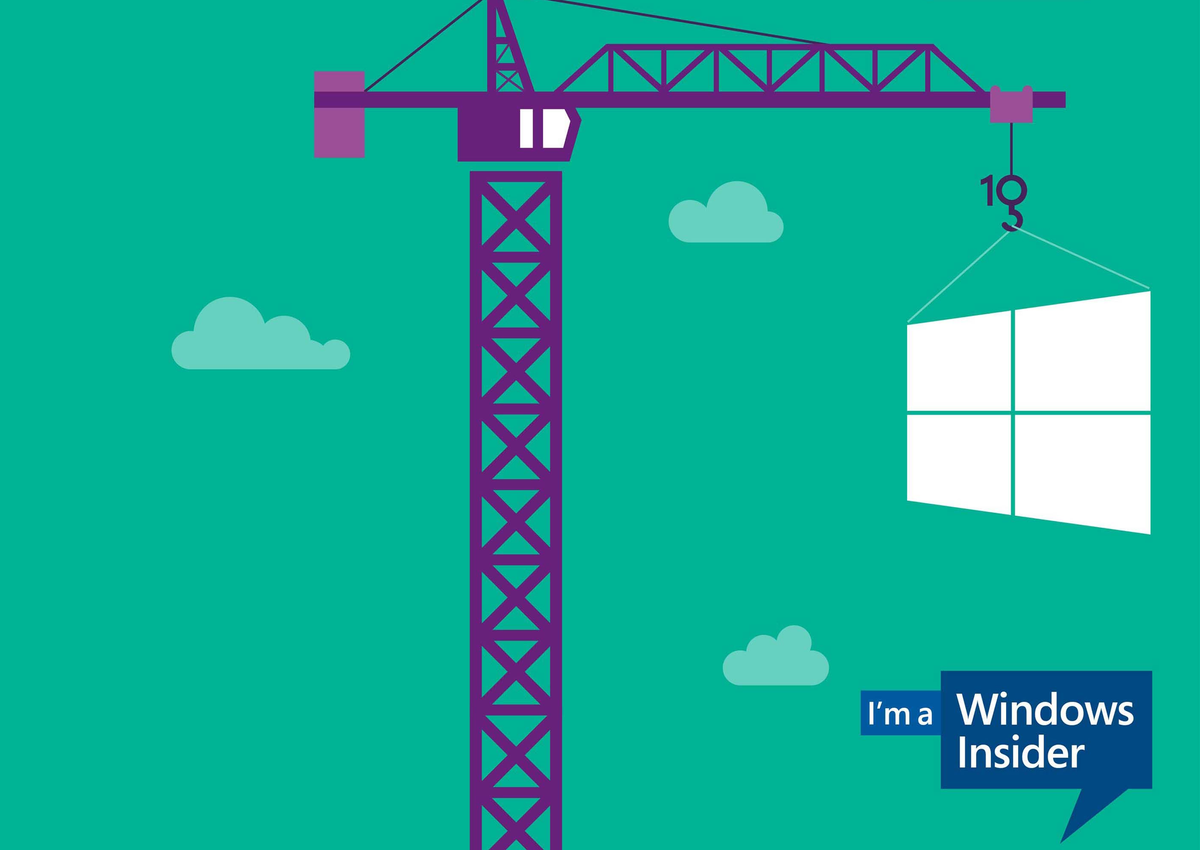Behind the scenes Microsoft is optimizing Windows 10 for faster releases through their dev tools

Microsoft's desire for a Windows as a Service (WaaS) may have been more ambitious than what their dev teams could handle. At least, that is according to a sourced story from the site FraWin, who shed some more light on those "structural improvements to OneCore" that Microsoft's Gabriel Aul refers to in his recent blog post.
OneCore is the heart of Windows 10 and the parts shared across the desktop OS, mobile, Xbox One, HoloLens and IoT.
As Cassim Ketfi points out in the FraWin article, the Windows Insider program was created as a way to evaluate rapid builds of the Windows operating system, something that has never been done before, at least publicly and on a broad scale. But transforming the OS and development cycles from punctuated bi-yearly releases to a faster cadence is not something you just do overnight. There are many structural changes to the OS, the development teams and even the tools needed to make it happen. These changes are an ongoing process spanning months and not done in one fell swoop.
A more concrete example of these obstacles is how Windows is developed – via smaller teams – who then must pool together their code into a larger build. According to FraWin, this process was a "nightmare" early on because it was such a departure from past practices. These issues manifested themselves in 2015 as seemingly random updates to the Insider program, rather than a consistent cadence. FraWin summarizes the issue like this (translated):
"The problem is that Windows development tools have never been thought to develop as fast as new versions…the sharing of source code tools were, for example, overtaken by Microsoft's ambitions. Microsoft is currently reviewing these tools which explains the small slowdown in the development of Windows. However, once this work completed development should be much faster than in the past."
In other words, the reason we do not see any new features in the OS just yet is Microsoft is making a lot of changes to make the WaaS paradigm more efficient for the developers behind the OS. This is what Aul refers to as "code refactoring and other engineering work" in his post. Once this retooling and revamping of their development tools are complete, we can expect more frequent builds because their systems will be better aligned to make that happen.
The old saying is 'Rome wasn't built in a day' and that applies to the Windows as a Service paradigm. While end-users and Insiders just want things better and faster, a company Microsoft's size has a lot of pivoting to do to make that happen. These behind the scenes changes are less interesting to air out in the public, but they do shed some light on the challenges Microsoft is facing to make WaaS a reality.
At the very least, you now have a sense of what is going on at Microsoft to make 2016 the ramp-up year for Windows 10.
Get the Windows Central Newsletter
All the latest news, reviews, and guides for Windows and Xbox diehards.
Source: FraWin

Daniel Rubino is the Editor-in-chief of Windows Central. He is also the head reviewer, podcast co-host, and analyst. He has been covering Microsoft since 2007 when this site was called WMExperts (and later Windows Phone Central). His interests include Windows, laptops, next-gen computing, and wearable tech. He has reviewed laptops for over 10 years and is particularly fond of 2-in-1 convertibles, Arm64 processors, new form factors, and thin-and-light PCs. Before all this tech stuff, he worked on a Ph.D. in linguistics, performed polysomnographs in NYC, and was a motion-picture operator for 17 years.